Women have always played a major role in the horror genre. Scary movies are home to some of the most iconic women in genre films at large, whether it is a final girl like A Nightmare on Elm Street’s Nancy Thompson or a villain like The Bride of Chucky’s Tiffany. There are also many women off-screen that are behind some of the best horror movies today.
Carrying on the legacy of Mary Shelley, who is credited as the mother of modern horror, are female writers, directors and producers who are constantly changing the game for the genre. Debra Hill, for instance, is the producer and co-writer behind one of the most impactful slasher films out there, Halloween, while director/co-writer Mary Harron and co-writer Guinevere Turner are behind a fan favorite cult classic, American Psycho. Even more recently, female writers and directors change the horror genre, with these eight films from the 2010s onward being must-watches.
Babadook Delivers a New Horror Icon
The 2010s saw a boom in arthouse horror films, including The Babadook. Directed and written by Jennifer Kent, The Babadook is about a widow struggling with her child, and things get worse after she reads him a book that unleashes a creature known as Mister Babadook.
It’s not easy to create a horror icon, but The Babadook is a fan favorite, in part due to his unique design in the children’s book and how Kent translates that to the events surrounding this haunted family. Along with that, The Babadook uses this "monster in the closet" as a metaphor for grief. Kent unpacks the baggage that comes with loss, as well as some of the darker thoughts that can cross a mother’s mind.
Bodies Bodies Bodies Satirizes Liberal Elitism
A24 has been making a name for itself in the horror genre, and one of their latest entry in this catalog, Bodies Bodies Bodies, is a satire that makes fun of liberal elitism and the upper class while delivering a whodunit mystery. Directed by Halina Reijn, with a screenplay by Sarah DeLappe and story by Kristen Roupenian, Bodies Bodies Bodies is about a group of affluent people having a party during a hurricane, but a game goes wrong when they find one of their friends dead.
DeLappe and Roupenian deliver a script that is unapologetic, brutal and hilarious, creating characters that feel real even though they are ridiculous. Meanwhile, Reijn’s direction of the actors and pacing brings this writing to another level, as she finds an excellent balance of tension, hilarious commentary and mystery.
Cam Delivers Sex Positivity and Scares
Back in 2018, Cam hit Netflix, and similar to the likes of It Follows and Us, it delivers a unique premise that spawns into a memorable story. Co-written and produced by Isa Mazzei, Cam is about Alice, a successful camgirl who discovers a doppelganger taking over her account and making new content that puts her privacy and livelihood at risk. Directed by Daniel Goldhaber and written by Mazzei, Goldhaber and Isabelle Link-Levy, Cam feels like a feature-length film from the world of Black Mirror.
Cam is a sex-positive film. Alice’s work is never demonized. Instead, those who exploit, belittle or harass her are the clear problem. Mazzei has been open about her past work as a camgirl, and her experience makes Cam more genuine. It explores the fear a woman has when her agency, image, passion and means to be independent are all stolen from her, as well as the lengths she will go to take back that power.
Candyman Brings Back a Fan-Favorite Franchise
Candyman is one of the biggest horror icons out there. Tony Todd’s performance of the character is one that’s left a major impact on many fans of the genre, so the bar was high when it was announced a new Candyman film was in the works. Candyman 2021 is written by Jordan Peele, Win Rosenfeld and Nia DaCosta, with the latter also taking on the impressive task of directing this new chapter of Candyman.
In this take of Candyman, an artist decides to use the urban legend of the titular figure as the basis for his latest project. Both the story, as well as the visual direction play heavily with the power of urban legends, capturing what made Candyman such a memorable figure years ago. DaCosta’s take on Candyman is one that feels at home with some of the best modern myths, and she tackles a major issue that plagues many cities – gentrification.
Fear Street Shatters Traditional Release Models
It often takes time for a franchise to develop; however, Netflix’s Fear Street threw the traditional production and release model out the window, as three movies were filmed at once and then released during the same month. Fear Street, directed by Leigh Janiak, focuses on a small town that is plagued by serial killers. However, there is something mysterious and supernatural connecting all these deaths, so it is up to the protagonists of the first film to bring an end to this curse.
While Fear Street plays with nostalgia, Janiak does so in a way that still makes this franchise fresh. That’s partially due to the focus of Fear Street being about how those in power push marginalized people down for their own benefit. In doing so, Janiak shatters numerous stereotypes in the horror genre while embracing other beloved parts of the genre.
Fresh Uses Cannibalism to Tackle Female Objectification
Cannibalism has been used time and time again in horror films to symbolize some sort of fear in society. Fresh, directed by Mimi Cave and written by Lauryn Kahn, uses cannibalism to address how women are used by men, specifically well-off men. In Fresh, Noa meets Steve, and their romance takes off quickly. Unfortunately, Steve is not who seems to be, as he is a man who butchers women and sells their parts as meat to the rich.
This is the first feature directed by Cave, and it's a memorable one, as it subverts expectations with the first ten minutes acting like a short rom-com, but soon after, Fresh becomes a nightmare. However, it also delivers a final girl who is brilliant and easy to root for. Cave and Kahn blend dark humor, tension and biting commentary for an easily re-watchable movie.
A Girl Walks Home Alone at Night Gives Viewers a New Vampire
The concept of the female vampire is something that has been explored many times since the earliest days of horror – literary and cinematic. Recently, the female vampire continues to be explored, with A Girl Walks Home Alone at Night featuring a subtle yet powerful depiction of this monster. Directed and written by Ana Lily Amirpour, A Girl Walks Home Alone at Night is about the titular girl wandering Bad City. On the surface, she seems like a normal girl; however, there is an air of mystery to her, as well as danger, as she is a vampire on the hunt.
With black and white cinematography and a mysterious lead, A Girl Walks Home Alone at Night feels inspired by film noir. However, this is a modern story about a female vampire, and Amirpour delivers an introspective coming-of-age tale about being a young woman and a "monster."
Pearl Continues an Unexpected Franchise
This year saw the birth of a new franchise. X delivered a classic slasher film about a group of filmmakers making a pornographic movie, but an elderly couple hunts them down in the midst of production. Playing both the final girl (Maxine) and the slasher (Pearl) is Mia Goth, and she makes a grand return in the prequel, Pearl, which she co-wrote with director Ti West.
Pearl is an origin story for the titular killer, highlighting the difficult life she had before snapping. Dreaming of fame, Pearl feels entitled to a better life and is not one to let others tell her otherwise. The film carries on the grander themes of sex, fame and beauty from X, delivering an interesting commentary on a woman’s relationship with these issues. Pearl cements the titular killer as a horror icon. This is largely due to the writing and Goth’s performance.

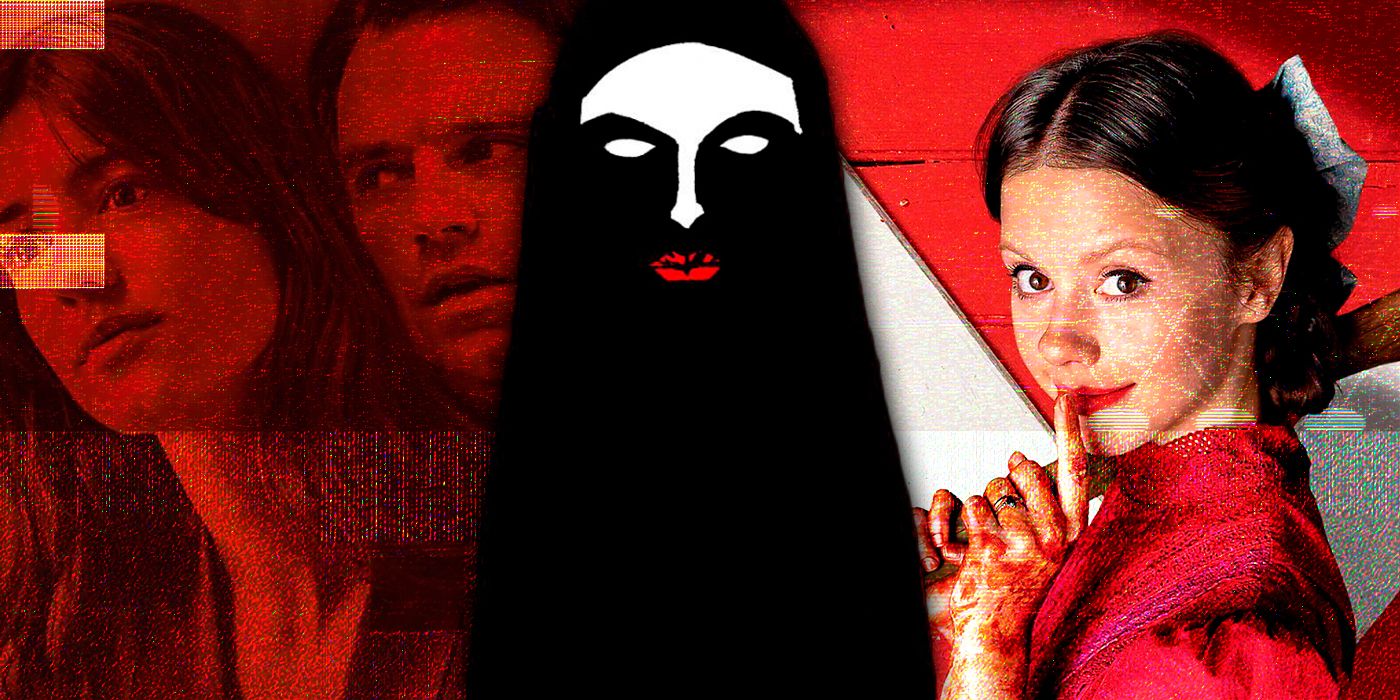
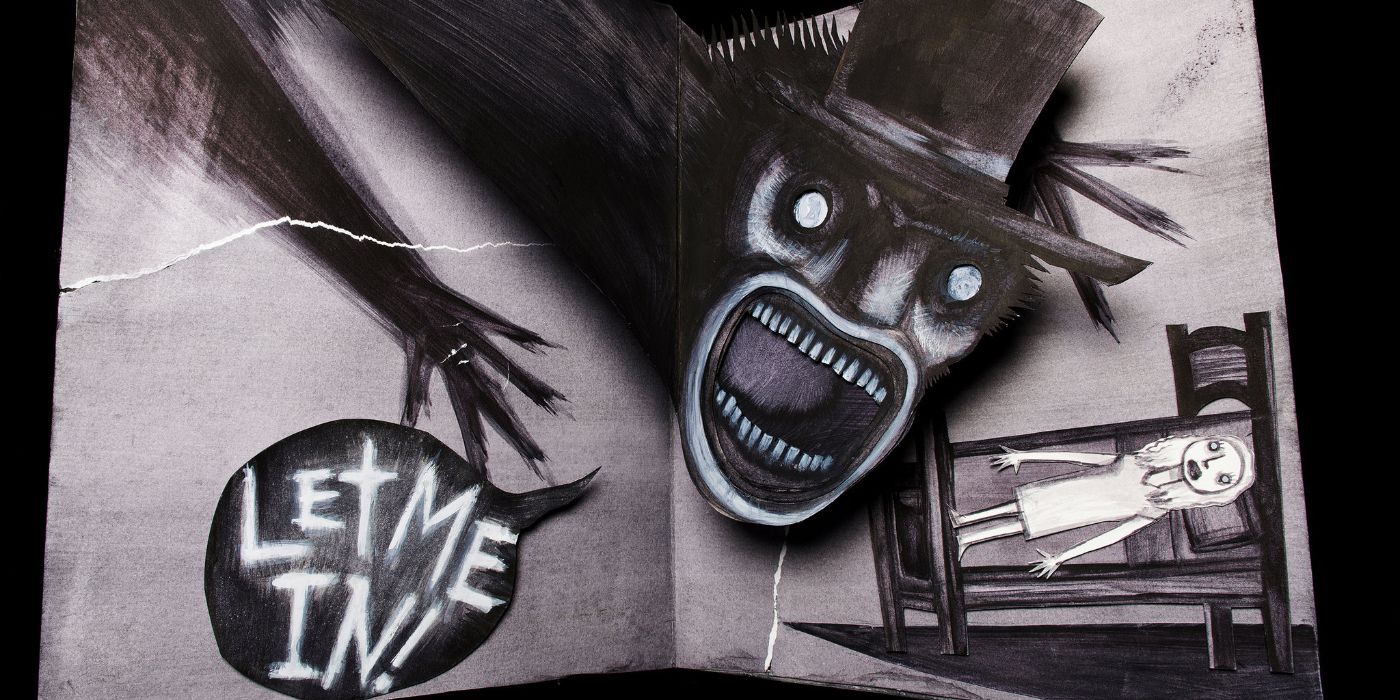
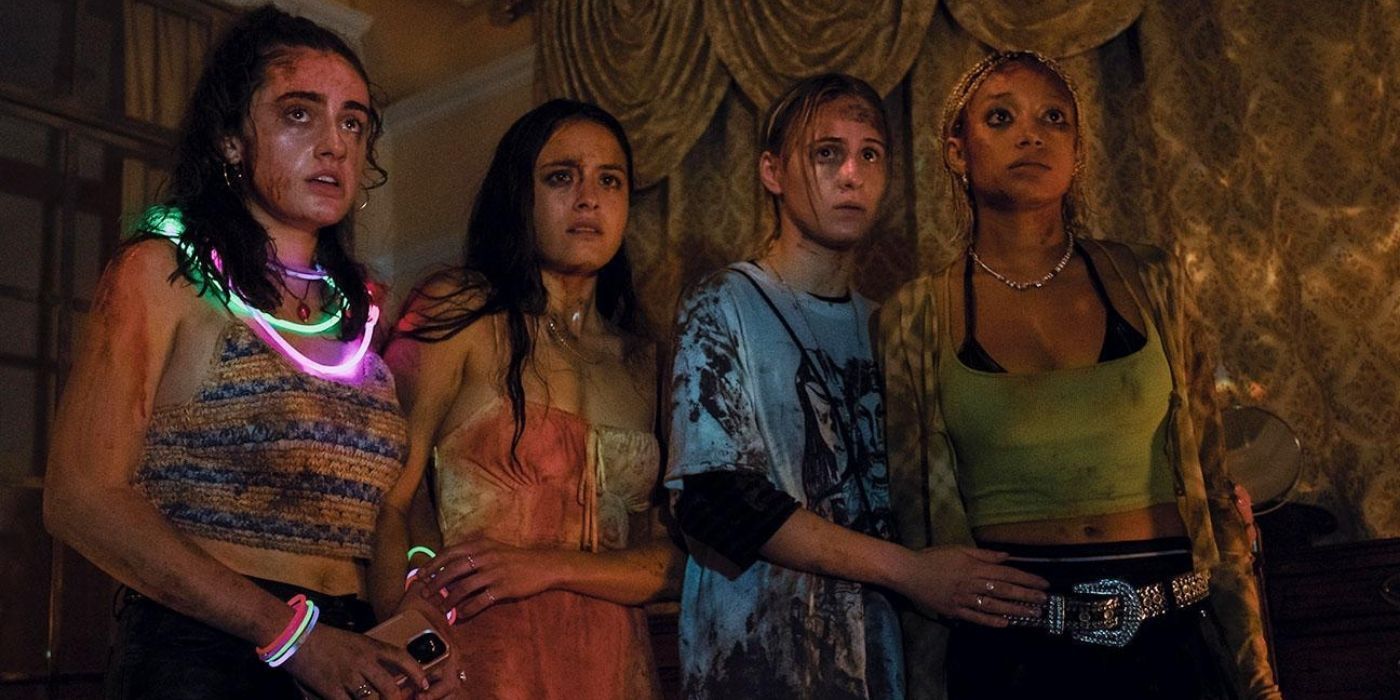
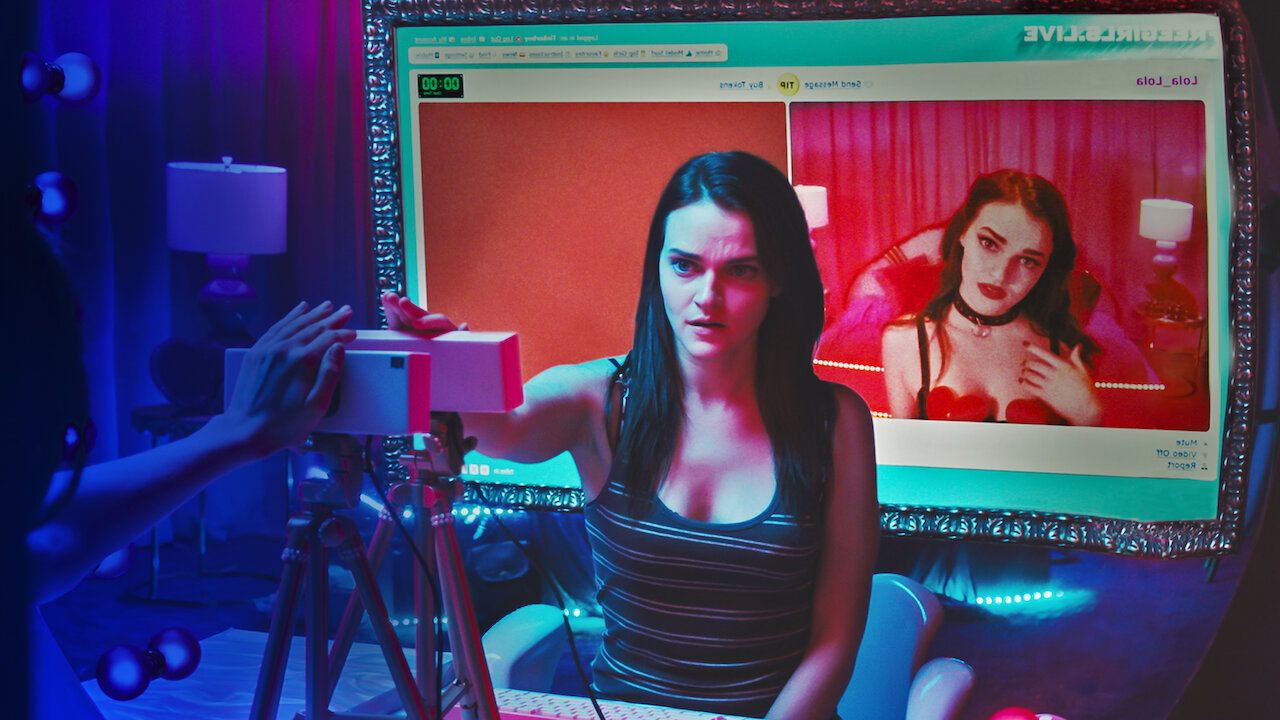
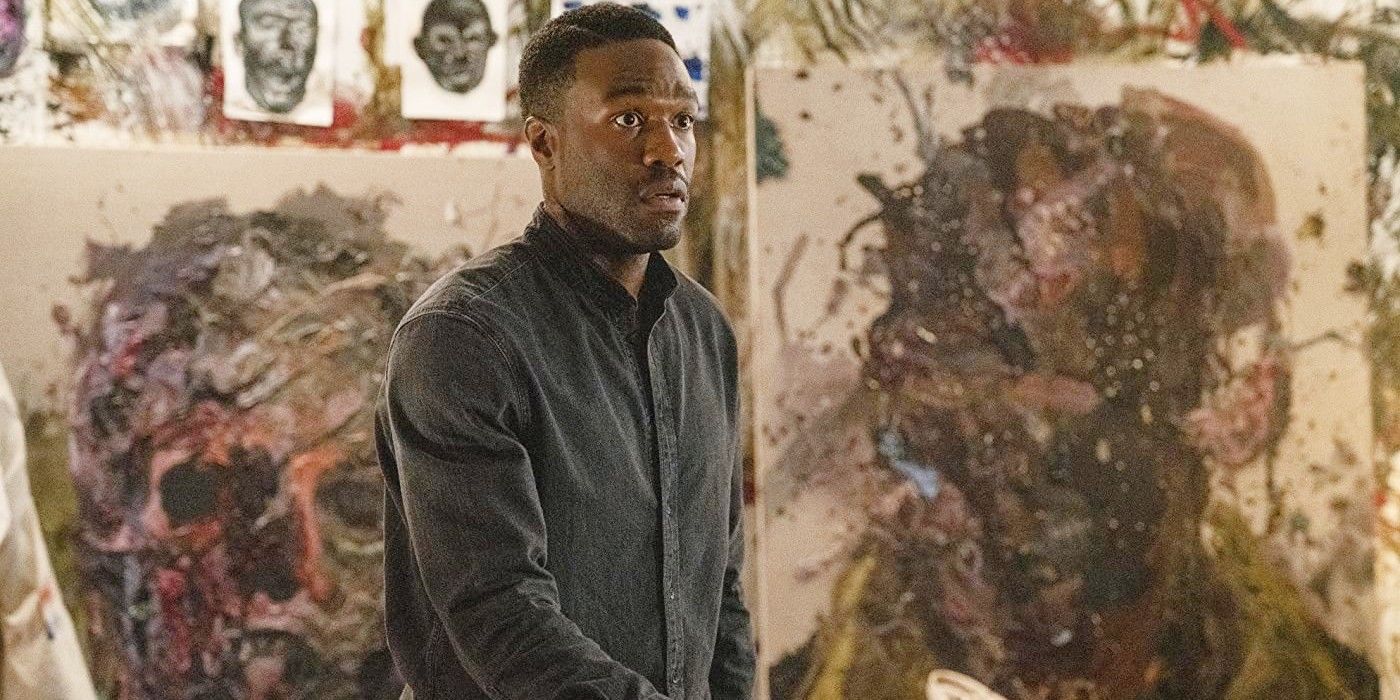
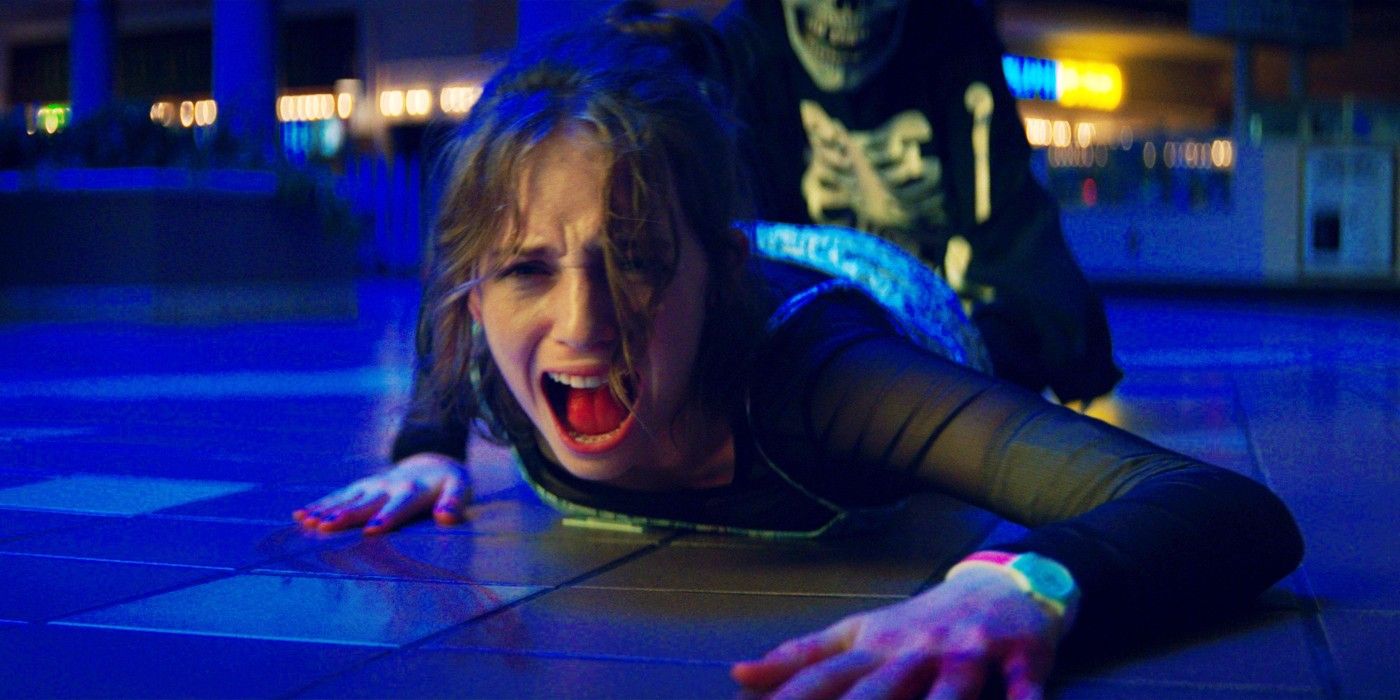

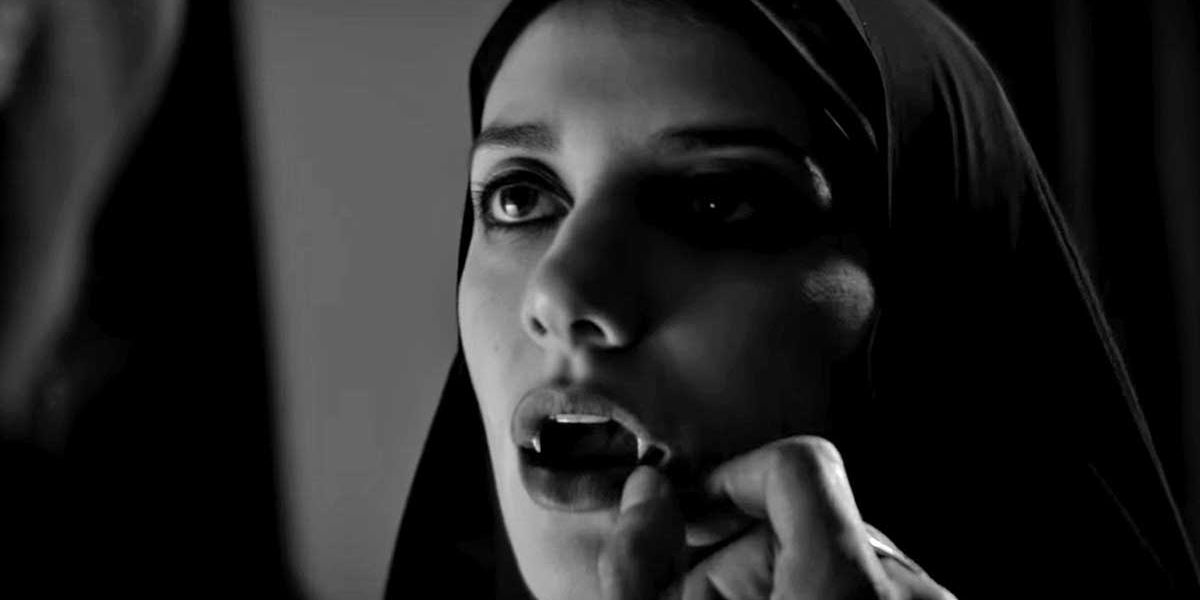
.jpg)